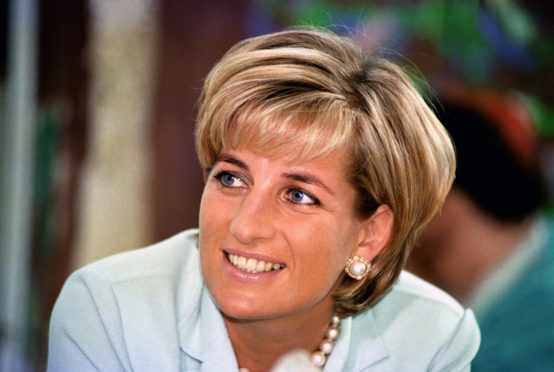
It was a terrible day that most of us will never forget.
The nation woke, rubbing their eyes in disbelief, to breaking news that Princess Diana had been killed in a car crash.
It was an incident nobody could have foreseen.
Diana, Princess of Wales, had been on holiday in the French Riviera with her boyfriend, the Egyptian-born socialite Dodi Fayed, and had not long arrived in Paris when the tragedy happened.
The couple left the Ritz Paris just after midnight, intending to go to Dodi’s apartment on the Rue Arsene Houssaye.
As soon as they departed the hotel, a swarm of paparazzi on motorcycles began aggressively tailing their car. About three minutes later, the driver lost control and crashed into a pillar at the entrance of the Pont de l’Alma tunnel.
Dodi, son of Egyptian billionaire Mohamed al-Fayed, the former owner of Harrods department store, and the driver, Henri Paul, were pronounced dead at the scene. Diana was taken to the Pitie-Salpetriere hospital, but was later declared dead at 6am.
A fourth passenger, Diana’s bodyguard Trevor Rees-Jones, was seriously injured but survived.
Diana’s former husband Prince Charles, as well as her sisters and other members of the royal family, arrived in Paris that morning. Diana’s body was then taken back to London.
Diana was one of the most popular public figures in the world. Her death was met with a massive outpouring of grief. Mourners began visiting Kensington Palace immediately, leaving bouquets at the home where the princess, also known as Lady Di, would never return.
She was the first genuine royal celebrity according to Andrew Marr, and her death shook the British in a way no other royal event in modern times has done.
On the day of her death, Tony Blair, still fresh in his job as Prime Minister, addressed the nation from outside St Mary Magdalene Church in Trimdon in his Sedgefield constituency.
“She was the people’s princess and that’s how she will stay, how she will remain in our hearts and in our memories forever,” Mr Blair declared.
The speech, scribbled by Mr Blair on the back of an envelope following discussions with Alastair Campbell, his director of communications, was watched by millions and featured in the 2006 film, The Queen.
Diana’s death was a full-blown media sensation, and the subject of many conspiracy theories. At first, the paparazzi hounding her car were blamed for the crash, but later it was revealed that the driver was under the influence of alcohol and prescription drugs. A formal investigation concluded the paparazzi did not cause the collision.
Diana’s funeral at Westminster Abbey on September 6 was attended by 2,000 people. Thirty-two million people watched the service on TV in the UK and an estimated 2.5 billion people watched it worldwide.
Her sons William and Harry, who were 15 and 12 at the time, walked behind her coffin in the funeral procession, along with the Prince of Wales, the Duke of Edinburgh, her brother Lord Spencer and representatives of some of her favourite charities.
Elton John performed a re-written version of the song Candle In The Wind at the service as a tribute to the princess.

Enjoy the convenience of having The Sunday Post delivered as a digital ePaper straight to your smartphone, tablet or computer.
Subscribe for only £5.49 a month and enjoy all the benefits of the printed paper as a digital replica.
Subscribe